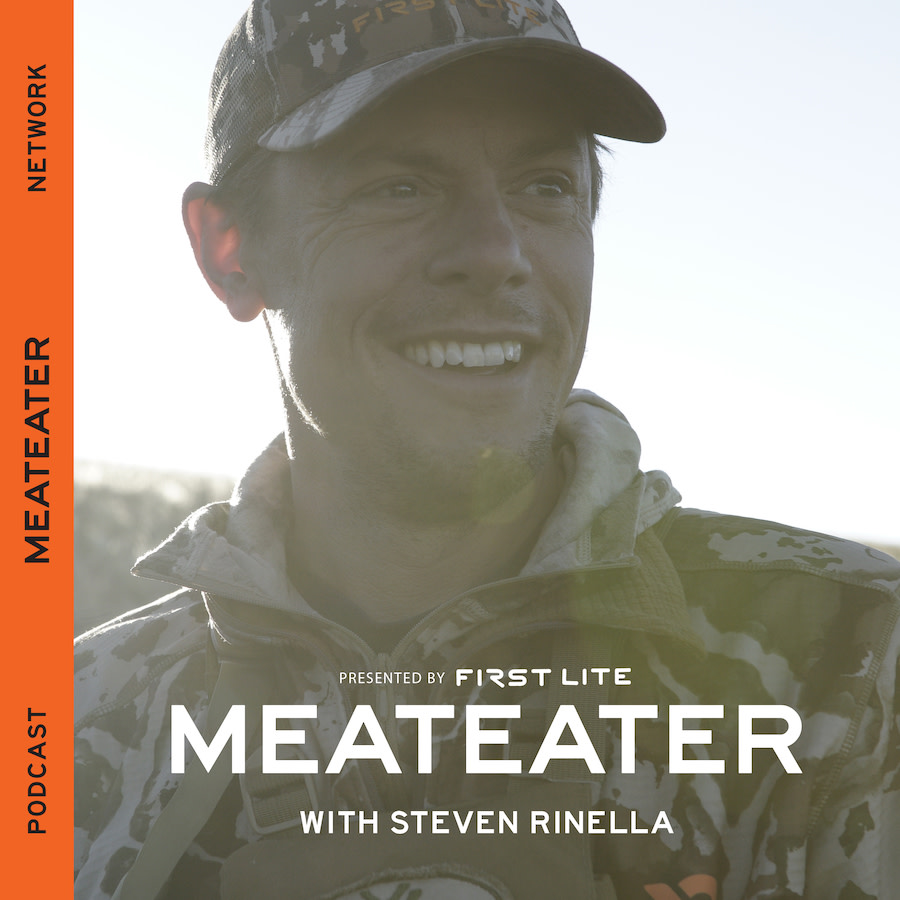brocksw
Well-known member
Post in thread 'Montana mule deer rant' https://www.hunttalk.com/threads/montana-mule-deer-rant.316026/post-3498444Are you thinking soil type differences in relation to the habitat quality that can/can't grow there? Or soil type differences in relation to the minerals each has/lacks?
I think both could be part of the equation to some degree. At the county vs county scale, I think habitat quality provided by some soil types and not others would be a far greater factor than the actual macro/micro nutrients that are transferred through plants or by directly ingesting soil.





